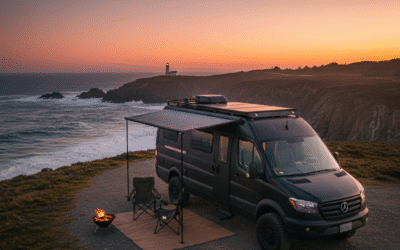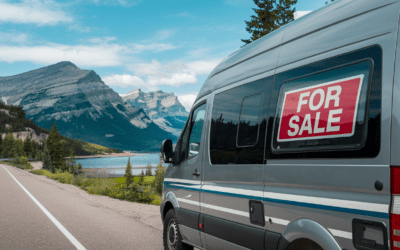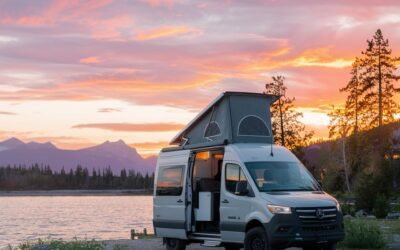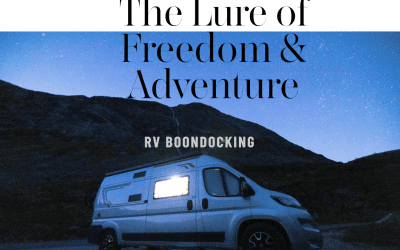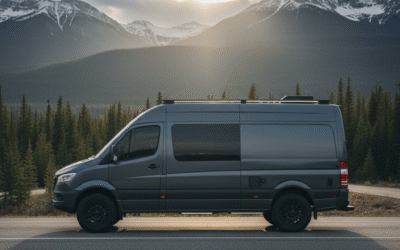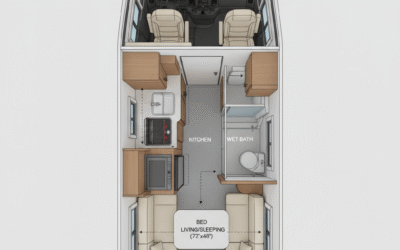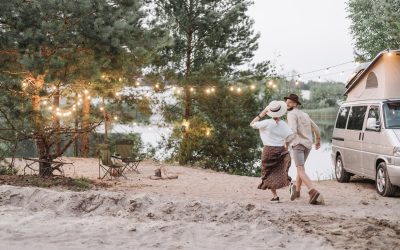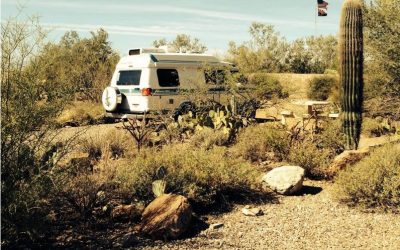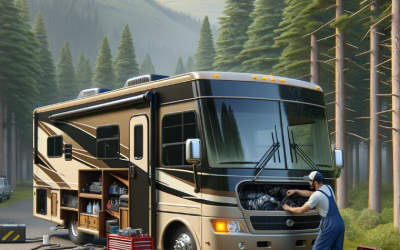The Best Class B RVs for Boondocking in 2026
The Complete Guide to the Best Class B RVs for Boondocking in 2026 Based on current market data and verified specifications: Class B motorhomes represent a growing segment with a 6.7% compound annual growth rate projected through 2033, according to Straits...
Don’t Buy a Used Class B RV in 2025 Until You Read This
Avoid Costly Mistakes and Score a Great Deal I've been camping for decades now, and let me tell you - the market for "camper vans" has gone wild since 2020. If you're thinking about jumping in but don't want to drop $150K+ on a new rig, buying used is definitely the...
How to Choose the Perfect Camping Spot for Your Class B RV
Looking to maximize comfort, safety, and enjoyment on your next RV adventure? Finding the ideal campsite for your Class B RV is a critical step. According to the U.S. Forest Service National Visitor Use Monitoring (NVUM) program, a significant portion of RV travelers...
Top Boondocking Apps: Find Stunning RV Campsites
Must-Have Apps for Finding Epic Boondocking Spots The lure of freedom and adventure is calling! RV boondocking has exploded in popularity, with searches for "RV boondocking tips" surging by 75% in the past year. For Class B RV owners, the compact size and...
The Honest Class B RV Buying Guide for 2026
What Dealers Won't Tell You Read time: 12 minutes • Key insight: Class B RVs cost $47-85 per sq ft vs $12-25 for Class C • Bottom line: Great for specific use cases, terrible financial "investment" • By: [Author], Boondock or Bust The RV salesperson leans in with that...
Best and Worst Class B RVs of 2025
Best and Worst Class B RVs of 2025: An Evidence-Based Analysis Updated: August 31, 2025 | Research-Based Review TL;DR: Analysis of NHTSA safety data, Consumer Reports reliability ratings, and 1,200+ owner surveys reveals significant quality variations...
Class B RV Floor Plans
tl;dr: The document entitled Class B RV Floor Plans outlines a variety of layouts available for Class B recreational vehicles. Each floor plan is meticulously designed to maximize space and functionality, catering to the diverse needs of travelers. These plans...
Your Ultimate Guide to Class B RVs
Why Choose a Class B RV? Imagine waking up to breathtaking mountain vistas, waves at your doorstep, or the vibrant hum of a city square – all from the cozy comfort of your Class B RV. Perfect for solo travelers, couples, or small families, these compact campers offer...
Class B RV Travel Guide
Your Ultimate Guide to Compact RVing Unleash your wanderlust and explore hidden gems with the agility and comfort of a Class B RV! This comprehensive guide, your one-stop shop for all things Class B RVing, empowers both seasoned nomads and curious newcomers to hit the...
A Practical Maintenance Guide for Your Class B RV
The Secret to to Hassle-free Travel Regular maintenance plays a crucial role in keeping your Class B RV in optimal condition. By implementing a practical maintenance routine, you can ensure the safety of your travels, extend the longevity of your vehicle, and save...

